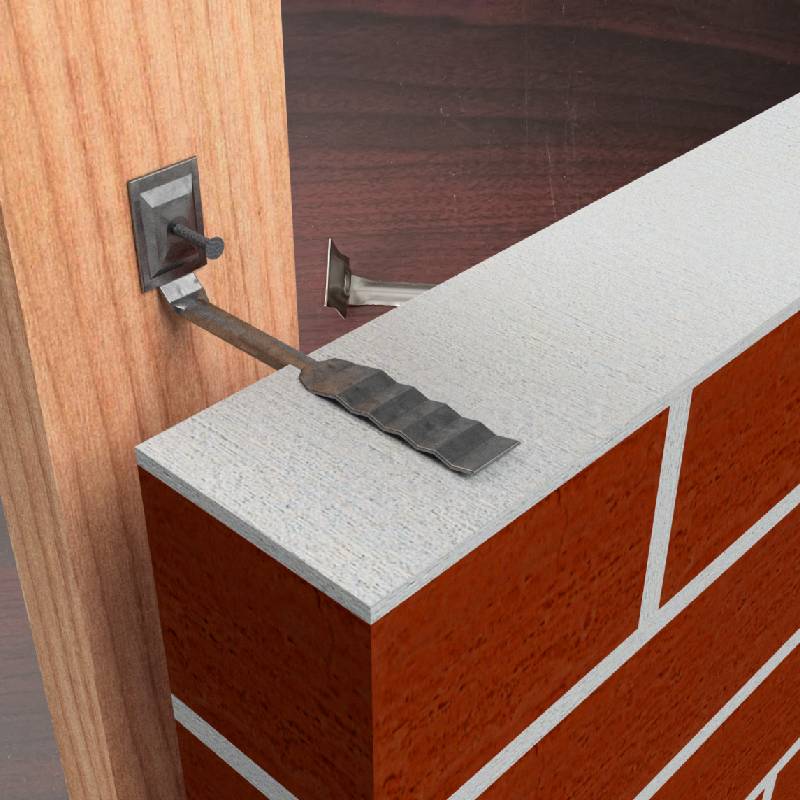
- Mobile Phone
- +8613931874955
- sales@cntcmetal.com
Exploring the Design and Applications of Conical and Volute Springs in Engineering
Understanding Conical and Volute Springs Design and Applications
Springs play a crucial role in various mechanical systems across diverse industries, providing essential functions such as energy absorption, tension, and compression. Among the many types of springs, conical and volute springs are particularly noteworthy due to their unique shapes and functional advantages. This article delves into the characteristics, design considerations, and applications of conical and volute springs.
Conical Springs Structure and Functionality
Conical springs, or tapered springs, feature a distinctive cone-like shape, which gives them a wide range of applications. The diameter of a conical spring decreases from one end to the other, allowing for more compact designs. This tapering structure enables conical springs to offer a progressive spring rate, where the force required to compress the spring increases as it is compressed further. This quality makes them ideal for applications that require a variable response, such as in automotive suspensions, where they help to absorb shocks and provide stability.
The design of conical springs requires careful consideration of material selection, coil dimensions, and manufacturing processes. The materials most commonly used include high carbon steel and stainless steel, chosen for their strength and fatigue resistance. The manufacturing process often involves coiling the wire into the desired conical shape, followed by heat treatment to enhance durability and performance. Engineers must also account for factors such as the desired spring constant, load capacity, and environmental conditions when designing conical springs.
Volute Springs A Unique Design Approach
Volute springs, on the other hand, exhibit a spiral or helical design that resembles a scroll or volute. These springs are typically circular and allow for efficient energy storage and shock absorption. The volute shape provides a smooth progression of spring force, which helps to minimize stress concentrations and enhances the overall longevity of the spring. The ability of volute springs to perform under high loads and their compact size make them suitable for various applications, including valves, clutches, and precision instruments.
conical and volute spring

Similar to conical springs, the design of volute springs involves selecting the right materials and understanding the intended application. Volute springs are often made from high tensile steel or composite materials, depending on the requirements for weight, strength, and corrosion resistance. Their unique geometry not only contributes to their efficiency but also allows for easier integration into complex mechanical systems.
Applications of Conical and Volute Springs
Both conical and volute springs find their applications across a range of sectors. In the automotive industry, conical springs are common in shock absorbers and suspension systems, providing support and comfort to vehicle occupants. Volute springs, with their ability to withstand rigorous conditions, are often utilized in industrial machinery, where they can help manage vibrations and protect machinery from mechanical failure.
In aerospace, precision-engineered conical and volute springs are critical for applications such as landing gear and control systems. Their ability to handle high stress while maintaining performance under various environmental conditions makes them indispensable components in these high-stakes environments.
Conclusion
In summary, conical and volute springs are essential components in the world of mechanical design, each possessing unique characteristics and advantages that make them suitable for specific applications. Understanding their design, functionality, and practical uses can lead to more effective engineering solutions, enhancing the efficiency and reliability of numerous machines and systems. As technology continues to evolve, the role of these specialized springs will undoubtedly expand, paving the way for innovations across engineering disciplines.
share:
-
Yard Sign Stakes: Reliable Guardians of Outdoor SignsNewsAug.04,2025
-
Wall Ties: Invisible Guardians of Building StabilityNewsAug.04,2025
-
Resilient Web: The Super Guardian Power of Concrete MeshNewsAug.04,2025
-
Masonry Accessories: A versatile assistant on building foundationsNewsAug.04,2025
-
Iron Binding Wire: the 'invisible reinforcement specialist' in the fields of architecture and industryNewsAug.04,2025
-
Dynamic Spring: The diverse functions and excellent performance of Wire Tension SpringNewsAug.04,2025
-
Your Source for Concrete Wall Ties and Masonry AccessoriesNewsJul.10,2025



















